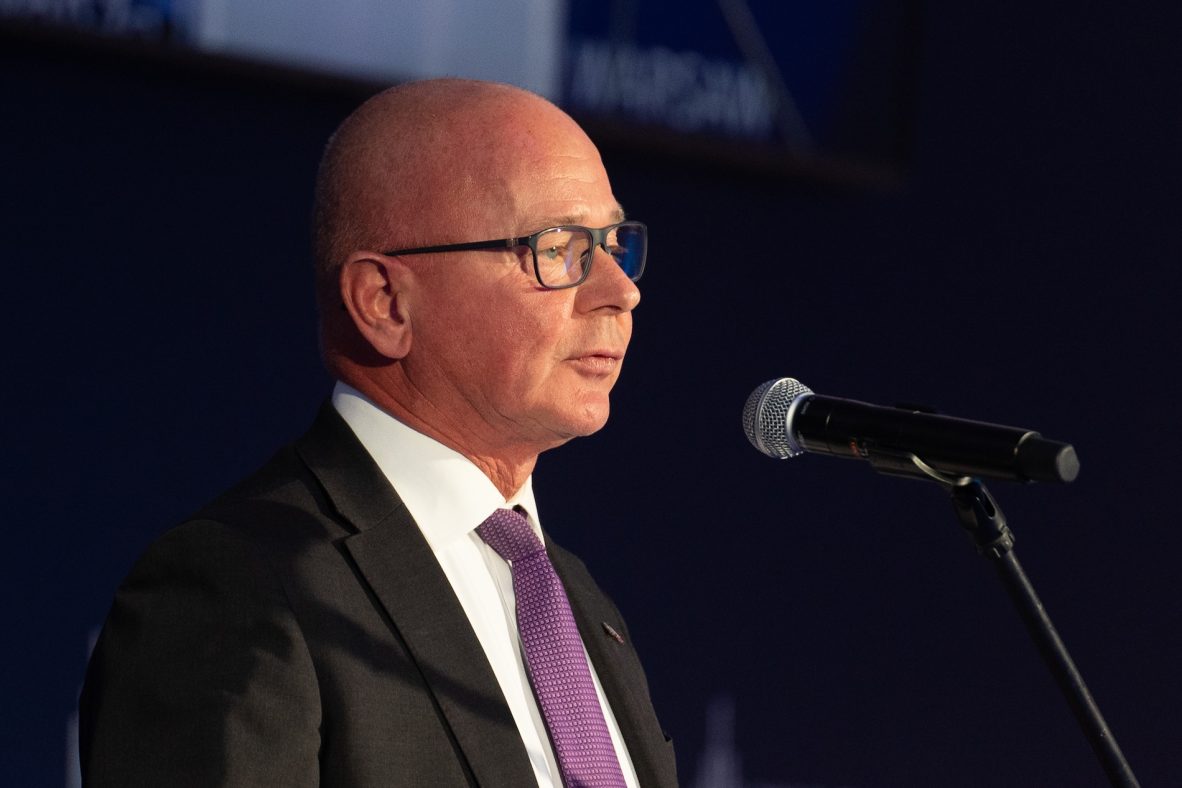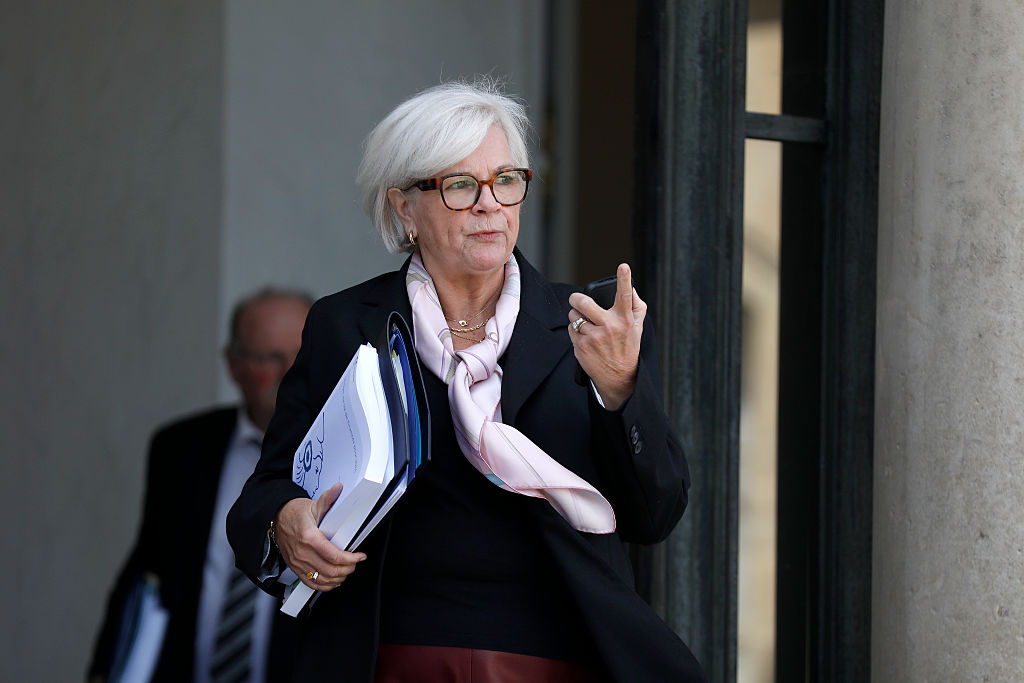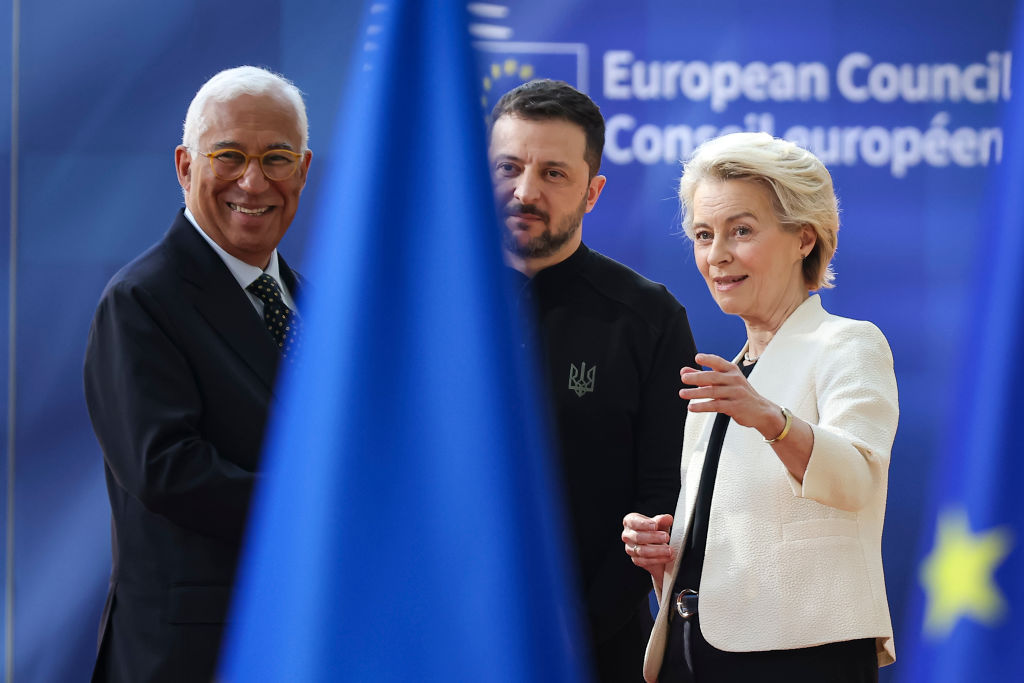EU money to make Spain's Indra a European juggernaut
‘We are ready for the Champions League,’ said Indra CEO José Vicente de los Mozos as firm eyes EU expansion

Spanish defence company Indra looms large at home but has yet to feature so prominently on the wider European stage – something CEO José Vicente de los Mozos told Euractiv he intends to change, citing new EU funding opportunities and a sudden need for its anti-drone technology.
“We are ready to go to the European level – that’s the Champions League,” Indra’s CEO said, referring to Europe’s top club football tournament. One example of Indra’s attempt to break through in Europe is its partnership with France’s Dassault and Germany’s Airbus to develop a sixth-generation aircraft, the FCAS.
Nevertheless, he explained that one of Spain’s largest defence companies wants to move away from largely focusing on serving the national market, and research and development.
Part of the reason, he said, is limited growth potential in Spain.
Spanish Prime Minister Pedro Sánchez has made his country an anomaly on the NATO landscape, holding fast to a pledge to increase spending to no more than 2.1% of GDP, including for arms and systems procurement. That is below the commitments of all 31 other NATO allies, which aim to spend 3.5% of GDP directly on defence.
In October, Spain unlocked €6.9 billion in defence loans, with Indra or Indra-associated entities hoovering up 96% of the money available. Other than going for that remaining 4%, the company has little choice but to look outside of Spain for new customers.
Radar demand boosts expansion
In lucrative news for Indra, a series of Russian fighter jet and drone incursions in September pushed air and drone defence to the top of the EU’s agenda, generating new interest in the company’s radar detection systems from countries across Europe.
De los Mozos said that the radar specialist is now shifting strategy – ramping up production rather than focusing on developing prototypes.
Having previously overseen Renault’s car production in Spain, he drew a comparison with his former industry. During that time, he could count how many cars left the factories every day.
Defence business takes longer, but it’s time to prioritise output, he said. To that end, Indra has expanded its production capacity within Spain, including new factories in the regions of Asturias and Andalusia.
Spanish-only no more
Indra wants to count on the European Commission’s push to boost Europe’s defence readiness through new financing programmes to support its expansion.
Like other European defence manufacturers, Indra is eyeing the €150 billion SAFE defence loans programme, de los Mozos told Euractiv at the European Defence & Security Conference in Brussels.
Indra’s plumpest target: Poland, which alone secured €45 billion of the EU’s SAFE loans – far more than any other EU country. De los Mozos also cited Germany, the UK, and Belgium as other “opportunities”.
The planned expansion puts Indra up against other developers of anti-drone measures such as France’s Thales – backed by strong national government support – or Germany’s Hensoldt.
Cooperation over consolidation
The EU’s Defence Commissioner Andrius Kubilius said greater industry consolidation could help reduce the number of different weapon systems used in Europe.
Indra, however, is advocating cooperation instead.
“We are very open to partnership, to transfer technology to different countries,” de los Mozos said.
To meet the EU’s goal of putting its defence industry on a war footing by 2030, the Commission has proposed four flagship projects for EU countries to prioritise: the European Drone Defence Initiative (formerly known as Drone Wall), Eastern Flank Watch, European Air Shield, and European Space Shield.
De los Mozos described these projects as “a way to structure the future of the defence industry in Europe”. Eyeing market share, he argued that such initiatives should have co-leaders, rather than being led by a single country or company.
(aw)







